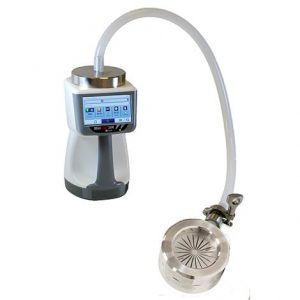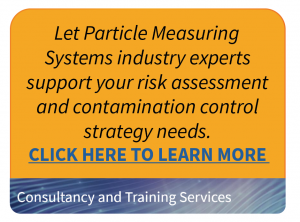Effective Risk Assessment in Pharmaceutical
Steps to Ensuring a Successful Audit
A risk assessment for pharmaceuticals is the first critical step when designing a contamination control for aseptic manufacturing. Product quality is the critical measure of success.
To ensure product quality, it is imperative that effective particle counting and microbial monitoring is set up for contamination control. The best way to locate sources of viable non viable contamination in your aseptic manufacturing is via a risk assessment, best performed before a process has been implemented.
There are multiple tools to assist in completing a risk assessment, and once completed, it is imperative to continually update this body of knowledge to guarantee a defensible monitoring program is developed and enacted.
Introduction
When related to Environmental Monitoring (EM), risk management often refers to a complete understanding of how often and how severe a process can be affected by external factors. The development of this knowledge, a risk assessment, is the culmination of multiple party’s efforts, including Quality Engineers, Microbiologists, and Production staff. Actions involved in completing a risk assessment start at the very beginning of new cleanroom construction with the identification of product impact sources. The relative risk to product quality is given hierarchy using well-established assessment tools.
In order to prepare for this process, it is important to attain a strong base of EM knowledge.
Monitoring Basics
EM typically includes the tracking and enumeration of both viable and nonviable particles. Viable particles include living things, such as bacteria, molds and yeasts. The group of nonviable particles is comprised of everything non-living, including but not limited to dust, hair, smoke and even particles as small as molecular compounds, such as chlorides or amines. Both types of contamination originate from multiple sources, such as personnel, surfaces and the surrounding air.
Critical areas are often monitored for the purpose of ensuring a specified level of product quality.
This paper also covers:
- Risk Assessment Tools
- FMEA
- HACCP
- Others
- Criticality Factors
- Closer Look: Assessing Risks to Product Fills
- After a Risk Assessment

